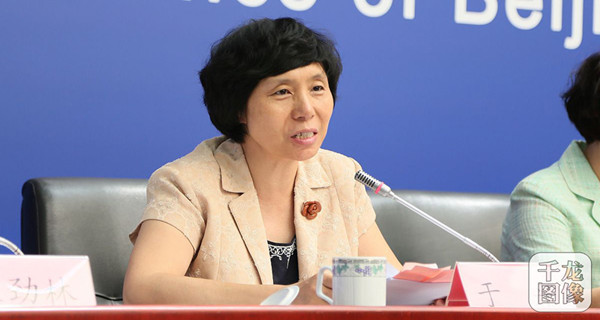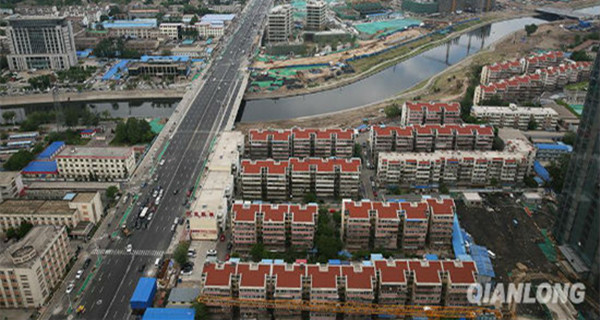
Yu Ping, deputy director of the Beijing Municipal Administration of Cultural Heritage speaks at a news conference in Beijing, on August 2. [Photo by Wang Jieshi/Qianlong]
“The sections in Beijing’s Tongzhou, Hebei’s Xianghe and Tianjin’s Wuqing of the Grand Canal are scheduled to open to navigation during the time of the 13th Five-Year Plan (2016-2020),” said Yu Ping, deputy director of the Beijing Municipal Administration of Cultural Heritage at a news conference on August 2.
The Grand Canal is included in the UNESCO's list of World Cultural Heritages. It is the longest man-made river in the world and important water transport channel and economic artery in ancient China. The Beijing section of the canal winds its way through six districts from Changping to Tongzhou by way of national cultural protection sites, such as Nanxincang and Shichahai. Yu said, “they will make full use of the cultural deposits of the Grand Canal, integrating historical elements into the development of the capital’s sub-administrative center.”
During the period of the 13th Five Year Plan, Beijing is determined to do a good job of preserving environment along the canal and protecting watercourses in the old city. In five years, the city will recover the landscape, at the same time, will beef up enforcement in cracking down on water pollution along the canal in a move to improve its water quality.

An aerial view of the Grand Canal of Tongzhou section. [Photo by Wang Zibin/Qianlong]
Source: english.qianlong.com



